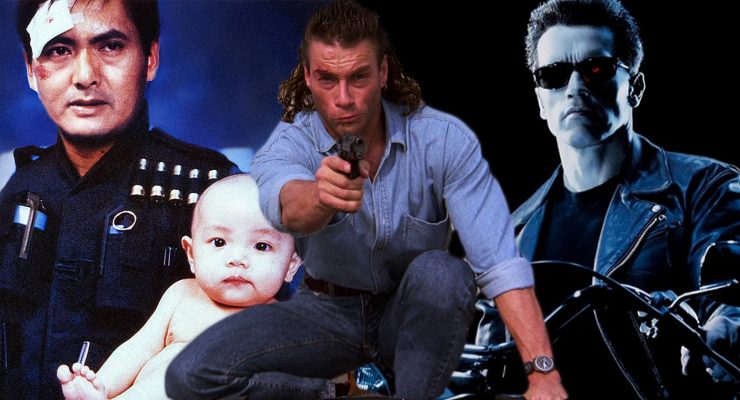Anghus Houvouras on the visuals of The Revenant…
It’s hard to argue just how important technology has been come to the cinematic process. We’re living in an era where cinematographers can create mind-blowing visual set pieces through a combination of what is captured in the camera, then seamlessly integrated in post production creating amazing, eye-popping scenes that would have been impossible to make 15 years ago. No one has mastered this particular skillset better than Cinematographer Emmanuel Lubezki who has just been nominated for his masterful work on The Revenant. If he wins, it will be his third consecutive Academy Award for Cinematography. That’s one hell of a three-peat.
Lubezki previously won for his work on Alfonso Cuaron’s Gravity and Alejandro Inarritu’s Birdman. His body of work stretches back over 25 years and includes such notable early films in his career as The Birdcage, Like Water for Chocolate, and A Little Princess. I can remember first marvelling at his visual composition in Alfonso Arau’s A Walk in the Clouds. Eventually Lubezki would come to work with such modern movie masters as Terrence Mallick, Michael Mann, and Tim Burton. However, it was a collaboration with Cuaron that has redefined his cinematic style and taken his work to a whole other level: Children of Men.
2006 was a defining year for cinematography thanks to Cuaron & Lubezki who took beautifully composed shots and wove them together in post production to create scenes that would not let you look away. Scenes where traditional cuts would break up a moment and force you to readjust your perspective. These ‘virtual one shots’ kept your eyes glued to the screen. These same techniques were employed in larger than life films like Gravity’s amazing 17 minute opening sequence and in more down to earth fare like Birdman and this year’s Academy Award nominated The Revenant.
The story of Hugh Glass’ hellish fight for survival in the frozen wilderness is a visceral experience created by Luzbeki’s gorgeous cinematography and post production techniques to create those amazing one-shots. Nowhere is this technique more amazingly rendered than in Glass’ fight with a Kodiak Bear, by far the most eye-popping shot of the year. Luzbeki’s cinematography brings you into the moment. You are not a passive witness to this carnage, you are right, smack dab in the middle. A scene depicted with such frightening reality that even though you know it’s a fabrication, it still feels amazingly intense and nearly impossible to see the seams. Where does one shot end and another begin? Credit has to go not only to Inarritu and Lubezki, but digital intermediate colorist Michael Hatzer who is responsible for making sure each frame matches keeping a consistency in continuity that allows the audience to remain engrossed the action unfolding before them. The technology used to combine different shots, visual elements, and special FX creates something horrifying, engaging, and kind of beautiful.
The Revenant uses this virtual one shot technique throughout the film but it never feels forced. It produces an amazing, immersive effect that has become synonymous with Luzbeki’s work and is the product of talent and technology. There wasn’t a movie this year that looked as good as The Revenant.
What do you think? What was the most eye-popping visual moment in film for you this year?
This post is a collaboration with Dell. Find out more about their VDI solutions.
Anghus Houvouras is a North Carolina based writer and filmmaker and the co-host of Across the Pondcast. Follow him on Twitter.
https://youtu.be/vDx6g5ua25E?list=PL18yMRIfoszEaHYNDTy5C-cH9Oa2gN5ng











